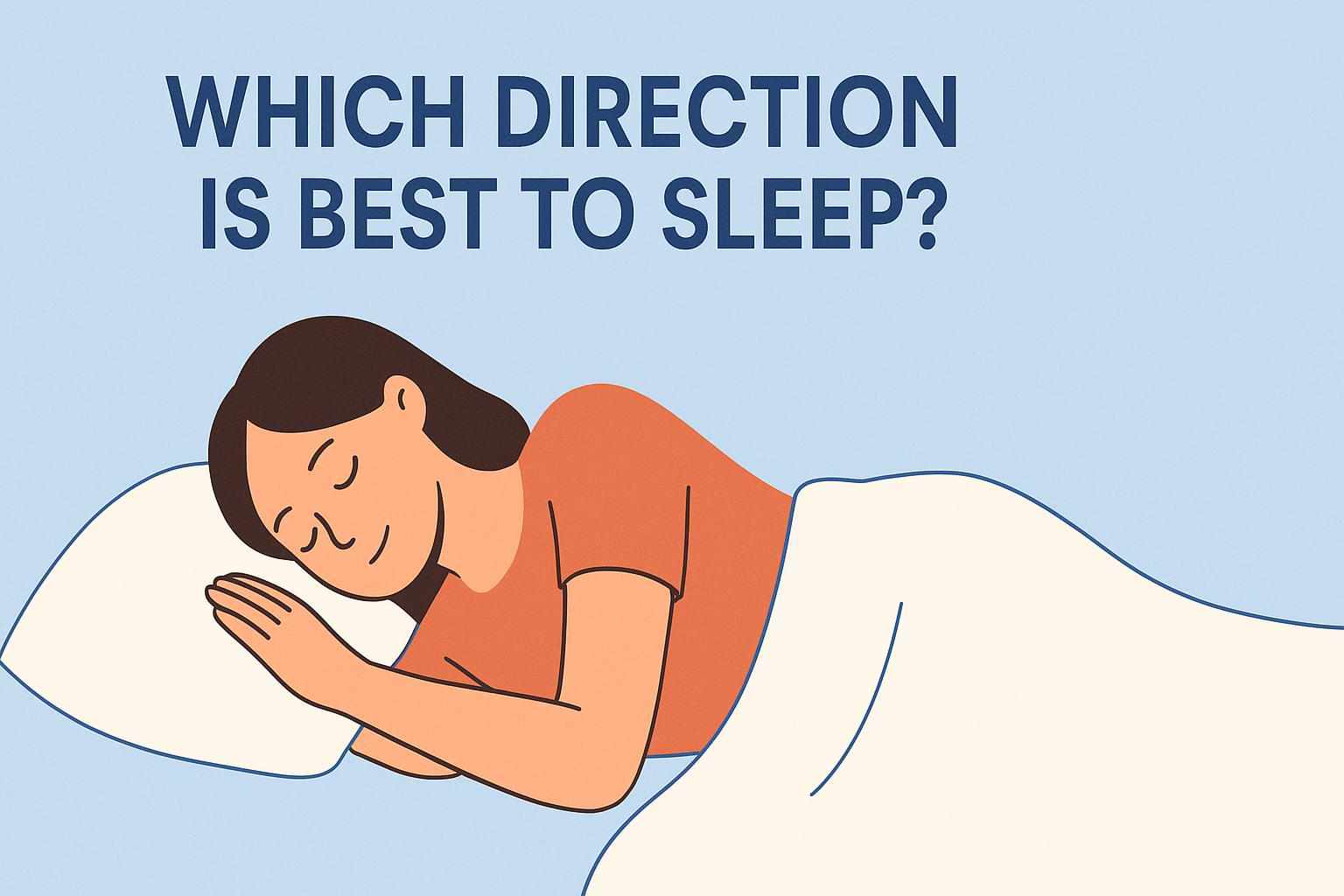
We all know sleep is essential for health, but very few realize that the direction you sleep in can significantly affect your physical, mental, and even spiritual well-being. From ancient traditions like Vastu Shastra and Feng Shui to modern science, sleeping direction has been linked to energy flow, blood circulation, posture, and quality of rest.
Pairing the best direction for sleeping with the best sleeping position and a supportive cervical pillow can help prevent neck pain, reduce stress, and enhance your sleep quality. In this article, we’ll explore different sleeping directions, positions, their health implications, and expert recommendations for achieving the most restorative sleep.
Why Sleeping Direction is Important
The way you position your body on the bed and the direction your head faces while sleeping can influence:
Spinal alignment (especially with the right pillow)
Quality of breathing during sleep
Circulation and digestion
Energy balance (according to traditional beliefs)
Mental clarity and stress levels
Sleeping in the wrong direction or with poor posture can lead to headaches, fatigue, and chronic neck/back pain.
Best Directions to Sleep According to Science and Tradition
1. Sleeping with Head Towards the East
Many studies and traditions suggest that east is the best direction to sleep. It is believed to improve concentration, memory, and meditation. Students, teachers, and professionals often prefer this sleeping direction.
Benefits:
Promotes alertness and mental clarity
Enhances learning and focus
Reduces stress levels
2. Sleeping with Head Towards the South
According to Vastu Shastra and Feng Shui, sleeping with your head towards the south is considered very healthy. It aligns your body with Earth’s magnetic field, improving circulation and reducing restlessness.
Benefits:
Deeper, uninterrupted sleep
Better cardiovascular health
Reduced anxiety and stress
3. Sleeping with Head Towards the West
Sleeping towards the west is not considered harmful, but it may cause restlessness in some people. Some claim it helps boost ambition and drive, but it might not be suitable for everyone.
Benefits:
May increase motivation
Some people experience enhanced creativity
4. Sleeping with Head Towards the North
This is widely regarded as the worst sleeping direction. In both science and tradition, it is believed to disrupt circulation and increase stress.
Risks:
Poor blood flow and restlessness
Higher risk of disturbed sleep and anxiety
Not recommended for heart patients
Best Sleeping Position for Health
While sleeping direction affects energy and rest, your sleeping position is equally crucial for posture and spinal alignment.
1. Back Sleeping Position
Best for spinal alignment when paired with a cervical pillow
Reduces acid reflux and minimizes wrinkles
Not suitable for heavy snorers or people with sleep apnea
2. Side Sleeping Position
Considered the best sleeping position overall
Improves digestion and circulation
Reduces snoring and improves breathing
Aids in reducing neck and back pain when using the right pillow
👉 Tip: Side sleepers should use a cervical pillow or memory foam pillow for proper neck alignment.
3. Stomach Sleeping Position
Not recommended as it strains the spine and neck
May lead to long-term back pain
Only suitable for some who snore heavily
4. Fetal Position
Popular and comfortable for many
Reduces snoring and supports digestion
May cause stiffness if curled too tightly
Role of a Cervical Pillow in Sleeping Direction & Position
No matter which direction or position you sleep in, the pillow you use determines your spinal health. A cervical pillow is specifically designed to maintain natural neck curvature, reducing stiffness and promoting alignment.
Benefits of Cervical Pillow:
Keeps head, neck, and spine in proper alignment
Reduces snoring and improves breathing
Prevents neck stiffness and morning headaches
Ideal for back and side sleepers
Using a cervical pillow in the correct sleeping direction can significantly improve sleep quality.
Traditional Beliefs vs. Modern Science
Traditional View (Vastu & Feng Shui): South and East are the best sleeping directions, while North should be avoided.
Scientific View: Sleeping positions that promote spinal alignment and circulation (with supportive pillows) are best.
When combined, both perspectives highlight the importance of proper posture, good airflow, and a stress-free environment for restorative sleep.
Practical Tips for Choosing the Best Sleeping Direction and Position
Face South or East for best results.
Use a cervical pillow to maintain spinal alignment.
Avoid sleeping on your stomach if possible.
Keep your bed clutter-free for better airflow and relaxation.
Listen to your body – comfort and restfulness are key.
Conclusion
The best direction to sleep is either South or East, as both promote better circulation, mental clarity, and overall restfulness. Avoid sleeping with your head towards the North, as it can negatively affect blood flow and energy.
As for the best sleeping position, side sleeping remains the healthiest, especially when paired with a supportive cervical pillow. Ultimately, the right combination of sleeping direction, sleeping position, and pillow support ensures quality rest, reduces neck and back pain, and enhances overall well-being.
FAQs
Q1: Which is the best direction to sleep scientifically?
South is considered the best direction to sleep as it improves blood circulation and promotes deeper rest.
Q2: Is sleeping east good for students?
Yes, sleeping with your head towards the east improves concentration and memory.
Q3: Can I use a cervical pillow in any sleeping position?
Yes, but it is most beneficial for back and side sleepers as it maintains spinal alignment.
Q4: What is the best sleeping position for back pain?
Side sleeping with a supportive cervical pillow is the best position for relieving back pain.
Q5: Why should we avoid sleeping north?
It disrupts blood flow due to Earth’s magnetic field and can cause stress, restlessness, and disturbed sleep.
Also Read: - Best Pillow for Sleeping in 2025

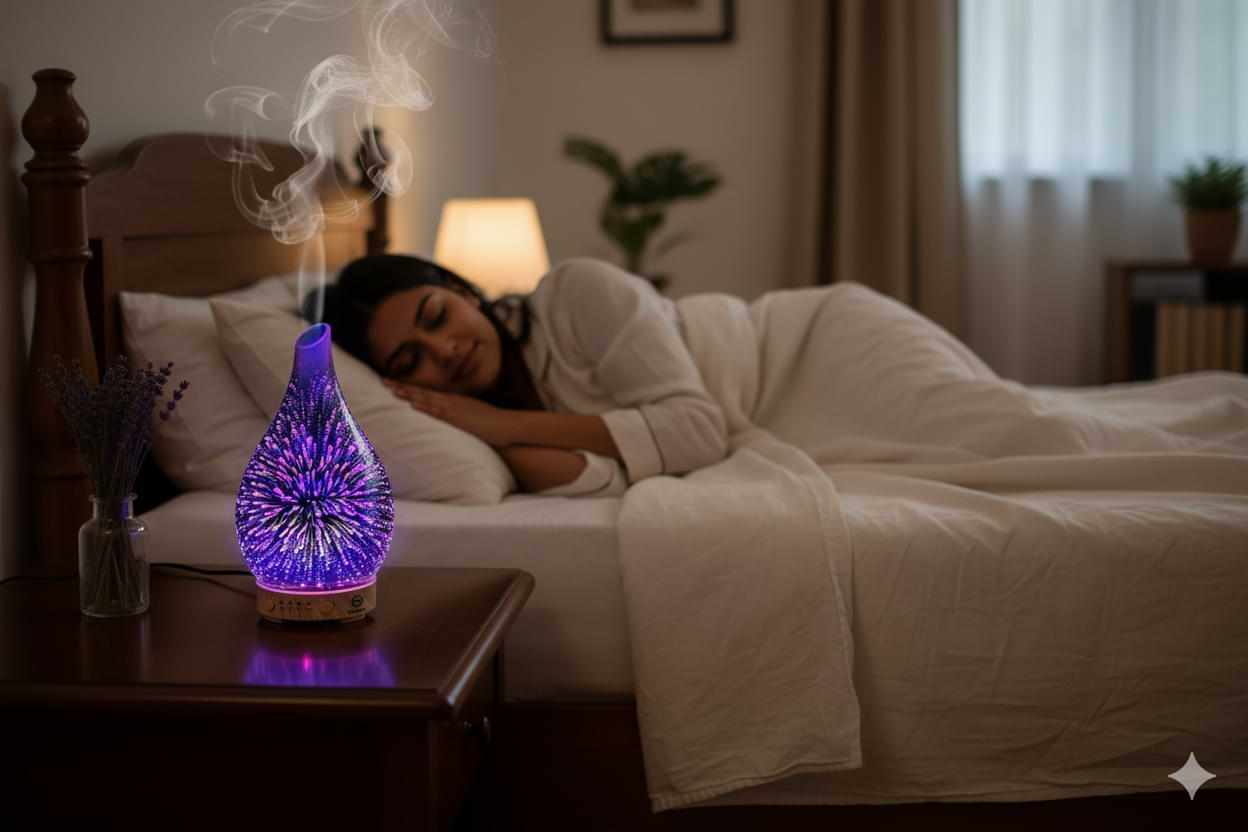





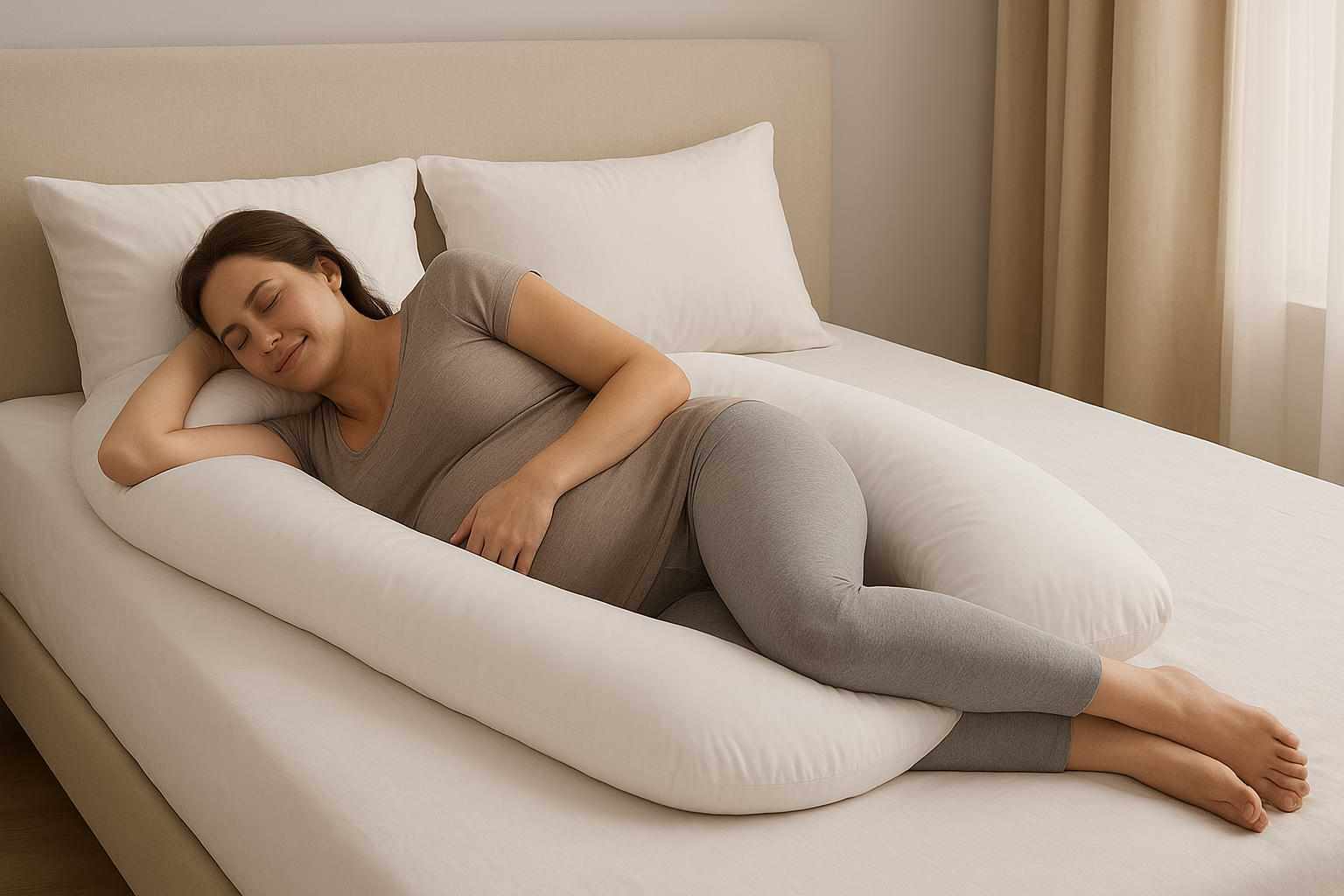





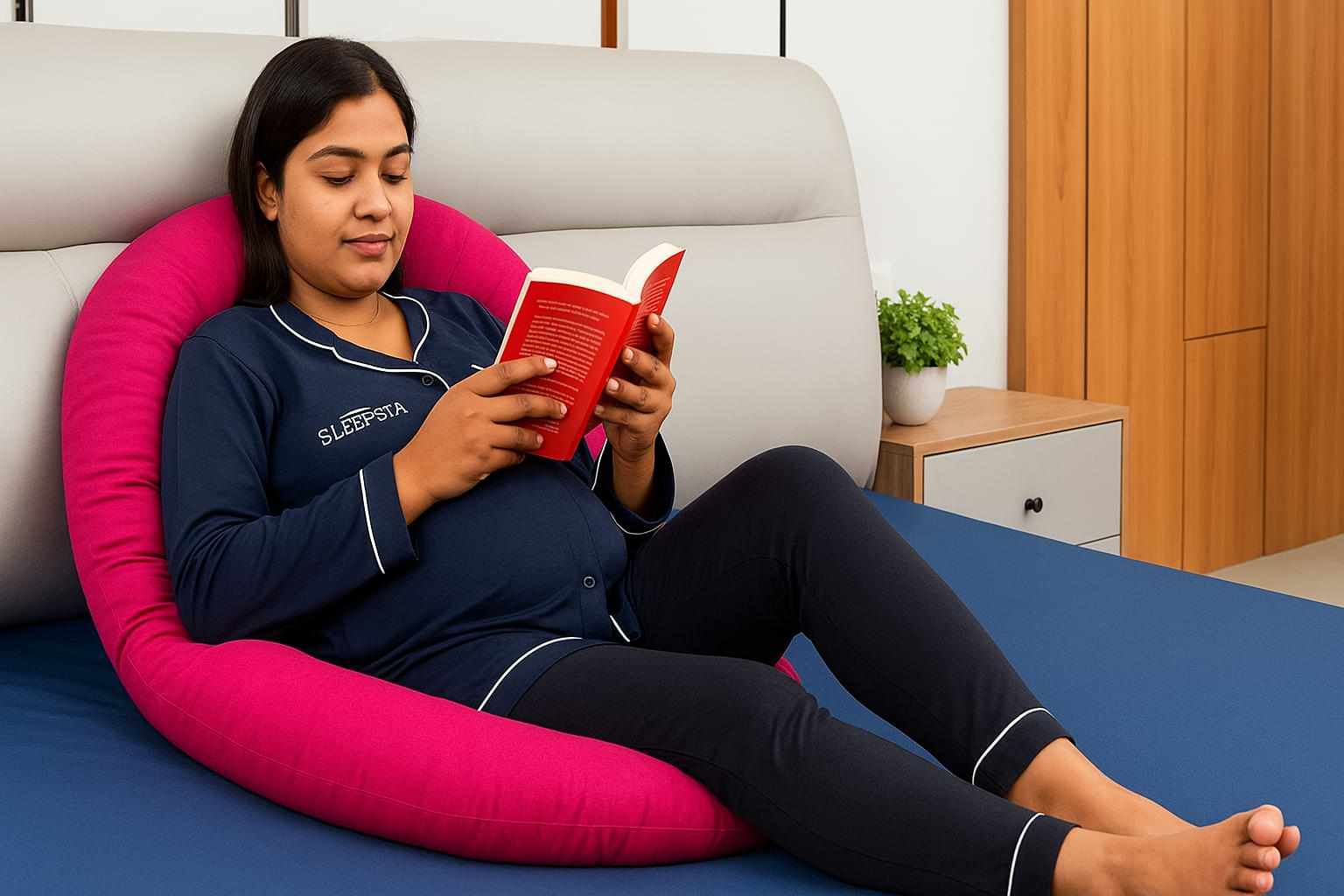



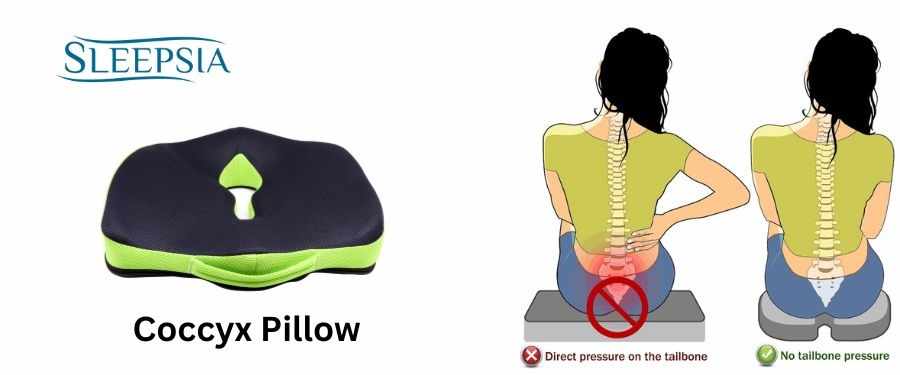
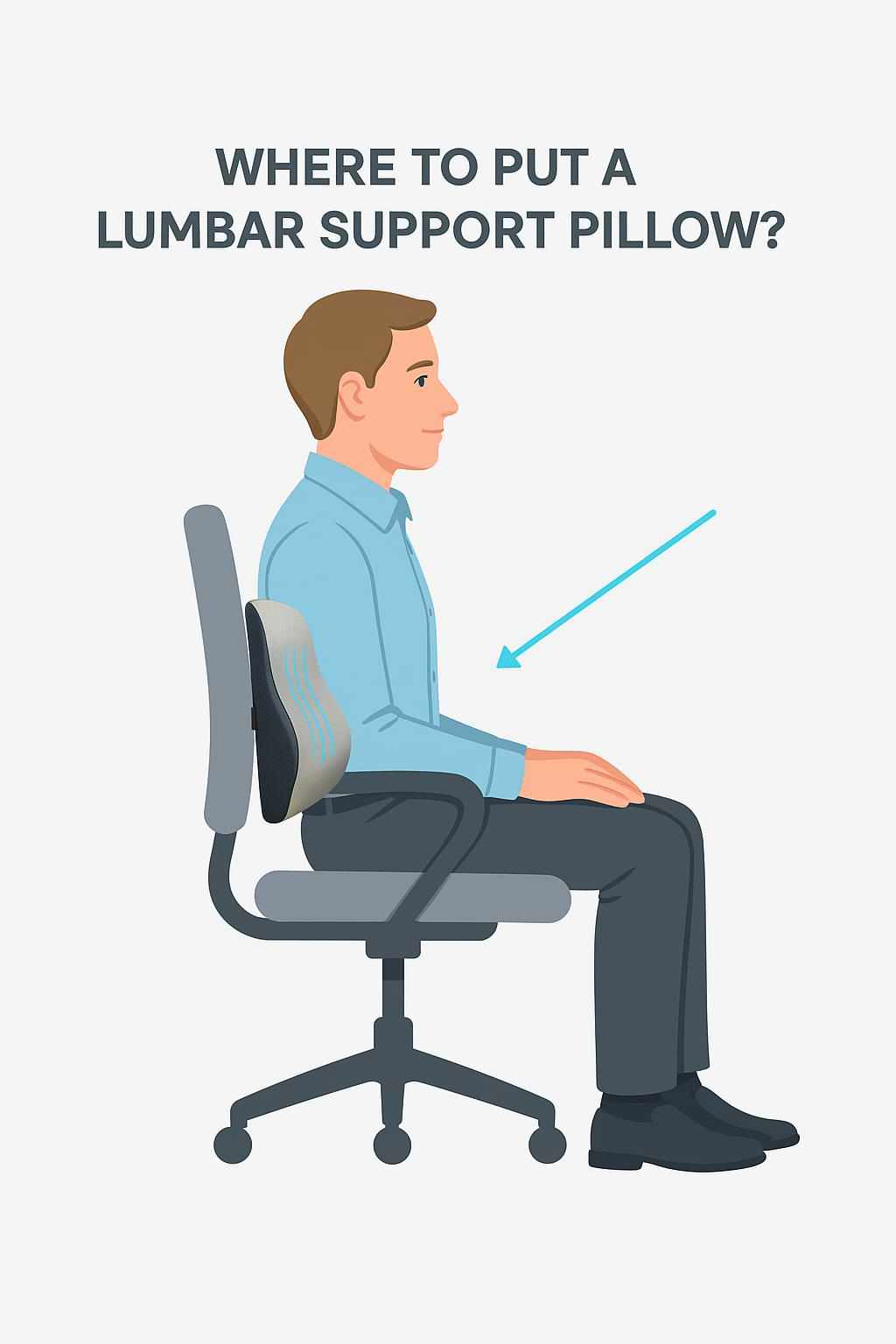
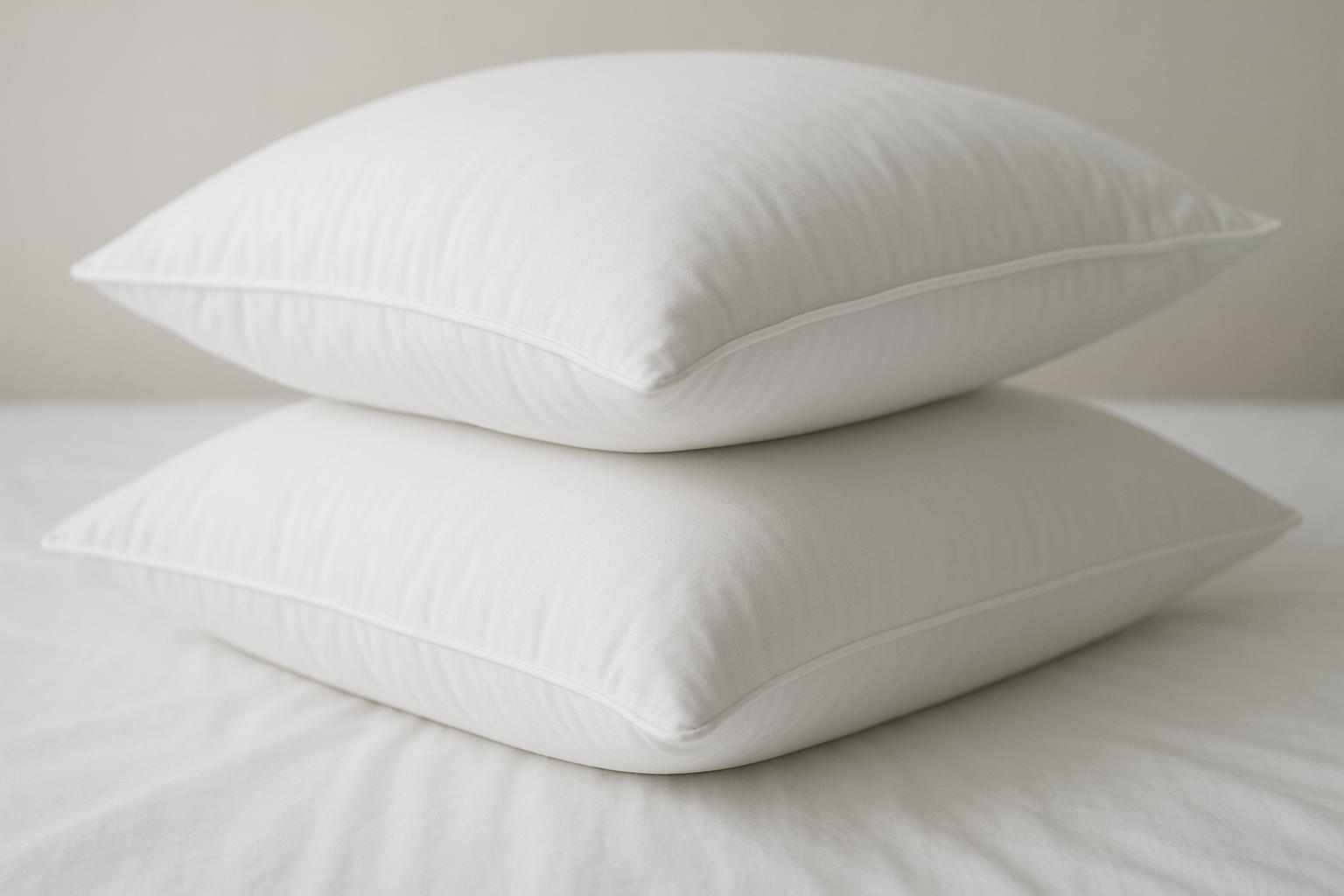
Write a comment ...